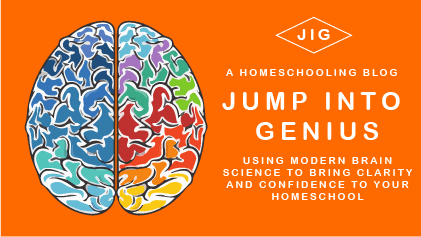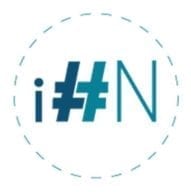My chart, graph, math lover needs better science courses. She is a math whizz and has serious plans to enter a field where science and math overlap. Her most recent obsession is biomedical engineering. And as a lover of charts, graphs, numbers, and human health, such a job would fit her well.
She doesn’t want to wait until high school to get serious about the sciences, but it is hard to find curriculum that is ready to teach advanced students at the depth and speed they are ready for, that is why I was so excited to try a new course by Greg Landry of College Prep Science.
Greg has created both self-paced and online courses for middle and high school students. Recently, he has creaded a Young Scientists series of courses for upper elementary, grades 3rd through 6th. We are reviewing Anatomy and Physiology, which my 12-year-old happily dove into. It is a one semester, Christian science course. (I would not recommend this course for secular homeschoolers.)
At the time of this review my daughter has completed about half of the course.
I was compensated for my time writing an honest review of this course.
Table of Contents
Organization of the Science Material is Excellent
First, I want to say that Greg Landry takes a step back and gets down to some of the basic skills needed to study science effectively. He also focuses on teaching the students how to learn. This is a component that is often missing, especially in elementary level science, (and often also lacking in high school science courses).
The course starts by teaching basic note-taking skills.
- organizing your notes
- how to take them
- store them
- what purpose they serve
My daughter has not had any difficulties taking notes from the video’s and has found this way of learning to be very effective.
Then he teaches the students about lab reports in detail. He encourages weekly experiments but does not assign them. He wants students to come up with their own ideas for experiments and conduct them.
He gives a few idea’s for different experiments or activities kids can do at the end of some of the class lessons. He wants the students to come up with an experiment to conduct each week, even if it is not related to anatomy. This is so that they can practice their lab writing skills.
This is a very different approach to most curriculum which give kids detailed directions to follow for an activity. These activities are often called experiments, but they are not. They don’t require a question of the student, a hypothesis, or a summary. I find this method is much more effective as far as teaching kids both the skills and the thought processes they will need to be a scientist.
I love that the emphasis is on learning how to think and record like a scientist, not just following directions to make your 23rd baking soda and vinegar volcano!
I want to add a note here about how experts teach differently. Experts in any subject matter tend to organize the information better. The depth of their understanding helps them to know what foundational basics should be taught first and how to build up and out from that point.
This is why, time and again, I fall in love with courses that are written or taught by experts, not curriculum designers. Some subject experts also have an expert level of understanding about the learning process and child development. I think Greg Landry is one these rare experts that has a deep understanding of both his subject matter, and how learning works.
This Self-Paced Course is Easy to Use
My 12-year-old used this course without my help. The videos and assignments are clear, leaving no question about what actions the student needs to take.
- You watch a video between 30 - 45 minutes.
- Student rereads notes
- Worksheets
- He encourages weekly experiments but does not assign. He wants students to come up with their own ideas for experiments and conduct them.
- Quiz for each lesson
My daughter says the quizzes are easy. I think this is a testament to how well the course is organized and it’s focus on teaching students how to learn and study.
Engagement of this Homeschool Science Course (Is it interesting or fun?)
The pacing of the video is a little slow for my 12-year-old so she does get a little bored. (Keep in mind though that this is a technically minded, scientific, studious kid, so the pacing might be right on for many students. I think she probably needs to be on the bottom of the age range for a class instead of the top.) I, personally, thought the pacing was perfect. I did not get bored watching and learned a few things! 🙂
I also enjoyed the occasional goof-ball action by Greg, which I know will help keep students attention and interest. During the one of the video lessons I watched he instructed the kids to find certain tendons and muscles on their own body. This is a great connection to make those big names real to them and also keep them engaged so they aren’t just sitting there spacing out.
I think the video lectures are well done, engaging enough to keep most kids attention, and contain an appropriate amount of information for this age level.
My daughter say the worksheets are her favorite part of the course. The worksheets are well designed and focused on ideas, concepts, and vocabulary. They are not busy-work.
The open-ended experiment component also has the potential to add a lot of fun to the course and feed those kids who need creative, hands-on projects to get interested.
A Homeschool Science Course that Delivers
Overall, I would say that Anatomy and Physiology for grades 3rd through 6th is a great course. My daughter likes it too and is already asking to sign up for another course when she finishes this one.


